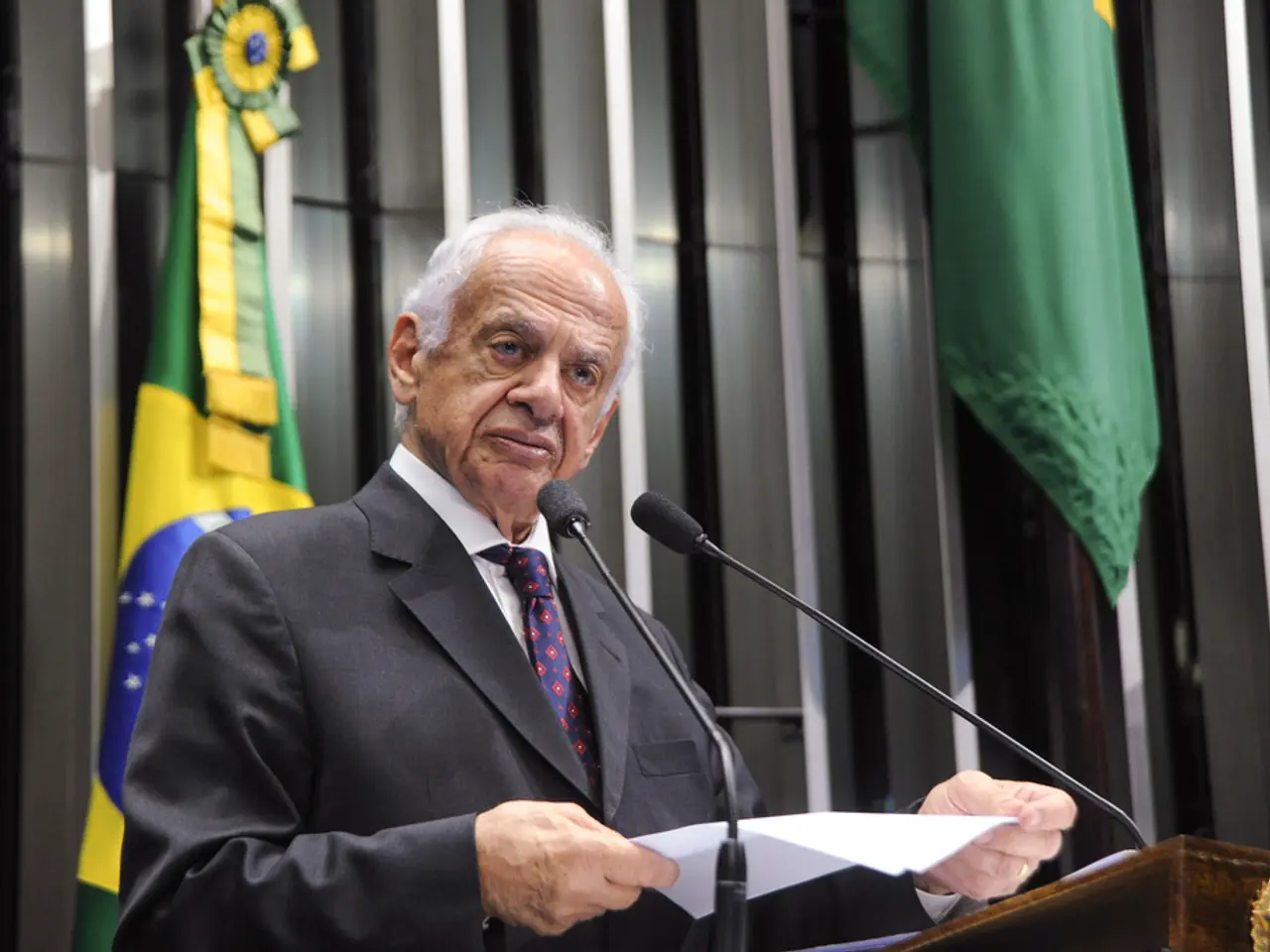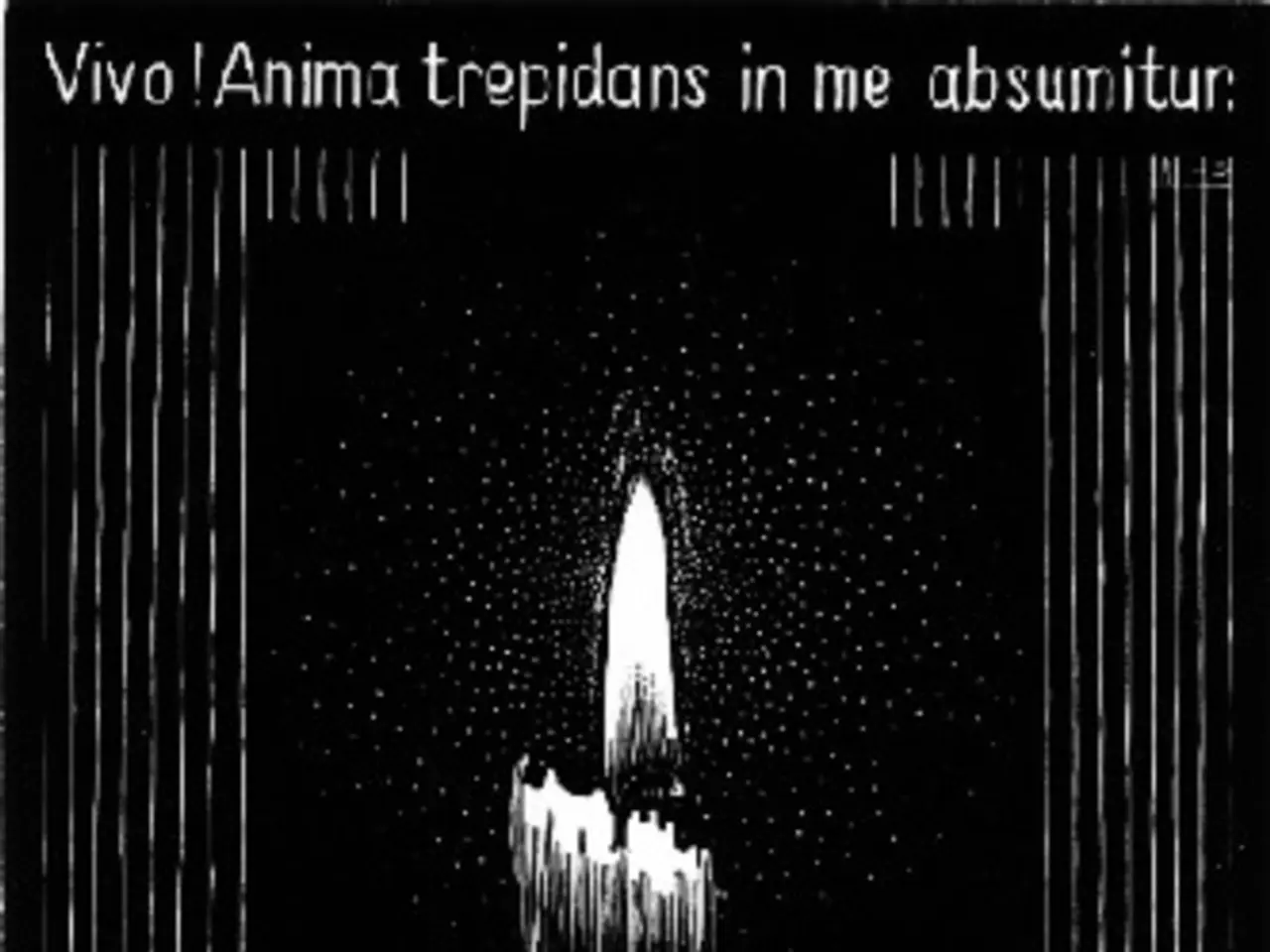Cosmic Modeling: A Comparative Study of Leftist and Rightist Paradigms
In the heart of the French Revolution in 1789, the terms "left" and "right" in political ideology were born [1][2]. Supporters of the monarchy sat to the president’s right, while revolutionaries found their place on the left in the National Assembly. This spatial seating arrangement came to symbolize broader ideological divisions: the Left favored republicanism, equality, and social change, while the Right endorsed monarchy, hierarchy, and tradition.
Throughout history, the Left has generally aligned with ideals of universal equality, liberty, and progressivism, seeking to transform society based on reason and democratic principles. Conversely, the Right emphasized order, hierarchy, and rootedness, often promoting authority, tradition, and sometimes a mystic or providential view of social order as divinely sanctioned [2][3].
Philosophically, the Left has been secular and materialist, focusing on human agency in shaping society rather than metaphysical destiny. The Right, on the other hand, has often linked political order with metaphysical and religious justification, viewing society’s hierarchical order as a reflection of a cosmic or divine order [2][3].
Modern political thought has seen the emergence of doctrines like fascism, incorporating reactionary metaphysical ideas rejecting liberalism and democracy in favor of hierarchy and nationalism, often justified through ethnic or racial mysticism [3]. Meanwhile, newer philosophical movements such as accelerationism draw from Marxist and Nietzschean ideas, engaging in metaphysical critiques of capitalism and modernity that challenge traditional left-right boundaries [4].
| Aspect | Left | Right | |---------------------|---------------------------------------------------------------|---------------------------------------------------------------| | Historical origin | Revolutionary supporters seated left in 1789 French Assembly | Monarchists/traditionalists seated right | | Core philosophical focus | Equality, liberty, social transformation, secularism | Hierarchy, tradition, order, providential/mystical worldview | | Metaphysical connection | Generally secular, focus on human progress | Often linked to divine order or cosmic hierarchy | | Examples | Republican socialists, Marxists | Ultra-monarchists, fascists, providential conservatives |
As we navigate the complexities of our modern political landscape, it is essential to understand the historical and philosophical roots of the left-right spectrum. This conflict, rooted in diametrically opposed metaphysical and cosmological ideas, represents a religious civil war in disguise, reflecting competing worldviews about human society’s place in a cosmic or metaphysical order [1][2][3]. The present political hysteria, which builds on itself, cannot make a happy end, and we are tending toward collective madness, clearly reflected in our politics.
China has been a spectator to this longstanding left-right conflict, its politics often influenced by Western ideologies. Given its history, Beijing has occasionally leaned towards the Left, advocating for social equity and focusing on domestic development [5].
In recent years, however, elements of nationalism and an assertive foreign policy have risen, positioning China on the Right in some aspects of the global political arena [6]. It is interesting to note how China's diplomatic stance towards Russia, historically an orthodox Right power, has evolved into a strategic partnership [7].
The Russian intelligence services, with their emphasis on traditional hierarchies and a mystical worldview, seem to have found common ground with the more nationalist elements in contemporary Chinese politics [8]. As the world grapples with war-and-conflicts, general news headlines, and international political crises, this newly forged alliance between China and Russia carries significant implications [9].
This convergence of ideologies and interests provides a case study on the fluidity of left-right alignments in the face of geopolitical shifts and ongoing war-and-conflicts [10]. As we examine the dynamics of these allegiances, understanding the historical and philosophical underpinnings of the left-right spectrum becomes increasingly essential in navigating the intricate webs of modern international politics.







